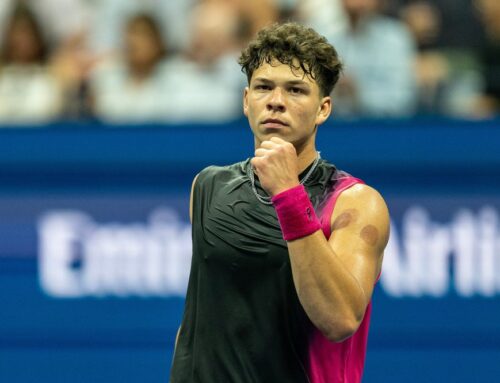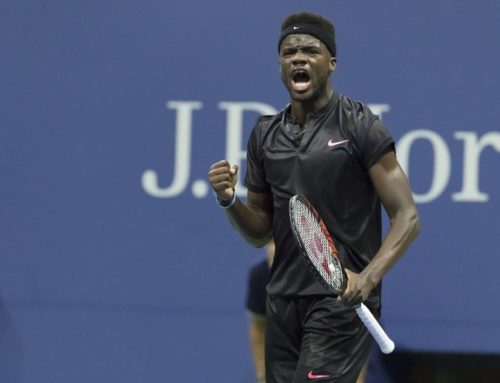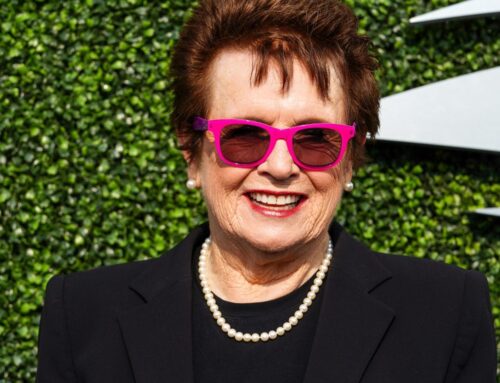The evening session of the U.S. Open begins Monday night in New York with a special tribute to four athletes – tennis champion Andre Agassi, Olympic soccer medalist Mia Hamm, the NBA’s David Robinson and the NFL’s Doug Flutie. Recognized by the public mainly because of outstanding performances in their respective sports, these sports figures will be cited by the United States Tennis Association (USTA) for their work as gift-givers, not gifted athletes.
“(They) are the epitome of what the USTA … strives to achieve every day of every year – to give back to a sporting public that has given so much to us,” said Lucy S. Garvin, USTA Chairman of the Board and President. While all are worthy of effusive praise and recognition, Agassi, in my mind, stands a notch above the others.
I covered Agassi as a sports journalist from the time he played with a full head of shoulder length blond hair as a teen through his prime and twilight years when his head was sparkling bald. I knew him when he was tennis’ bad boy and watched him grow into one of the game’s most beloved superstars and influential ambassadors.
I interviewed him more than a few dozen times during the course of his 21-year career and wrote numerous features and deadline stories about his rollercoaster career and his off the court romances and marriages. Before his marriage to tennis superstar Steffi Graf eight years ago, Agassi was linked for awhile to Barbra Streisand and married to Brooke Shields. He rarely ducked a question about his failures/shortcomings on the court or his disappointments/discomfort in his private life. His photographic memory allowed him to provide detailed data about turning points in matches played years ago and his openness and insightfulness marked him as a rarity among superstar athletes.
His champion’s heart helped him win 60 titles, including a career Grand Slam – Australian Open (1995, 2000-01, ’03), French Open (1999), Wimbledon (1992), U.S. Open (1994, ’99). His humanitarian heart moved him to make a commitment to improved the quality of life for youngsters in Las Vegas, his hometown. Driven by his rarely discussed but strong Christian faith, Agassi did what none of the multibillion-dollar Vegas hotel owner would do: provide the at-risk children of Las Vegas with the facilities needed to pursue and enjoy a better life.
The Andre Agassi Charitable Foundation has raised more than $60 million dollars for Agassi’s 11 ventures, including the Andre Agassi College Preparatory Academy, Andre Agassi Boys and Girls Club of Las Vegas and the I Have a Dream Foundation. “There’s no battle tougher than not having opportunities in life,” said Agassi, about his College Prep Academy. “The work that’s going to be required of these children will allow them to learn to plan and take care of their future, along with impacting others and that’s inspirational.”
Gil Reyes, Agassi’s trainer and confident during most of his career, said, “The (Academy) is not a reflection of his achievements as a tennis player. It’s a look into the genuine goodness that lives in his heart. By giving young people the chance to achieve their dream, he enhances the possibility that they some day will do the same for others.”
Outside Arthur Ashe Stadium, a quote etched in stone attributed to Ashe, the 1968 U.S. Open champion, reads: “From what we get we make a living, what we give, however, we make a life.” Agassi not only shares the late Ashe’s monogram, but his giveback philosophy, as well.





Leave A Comment